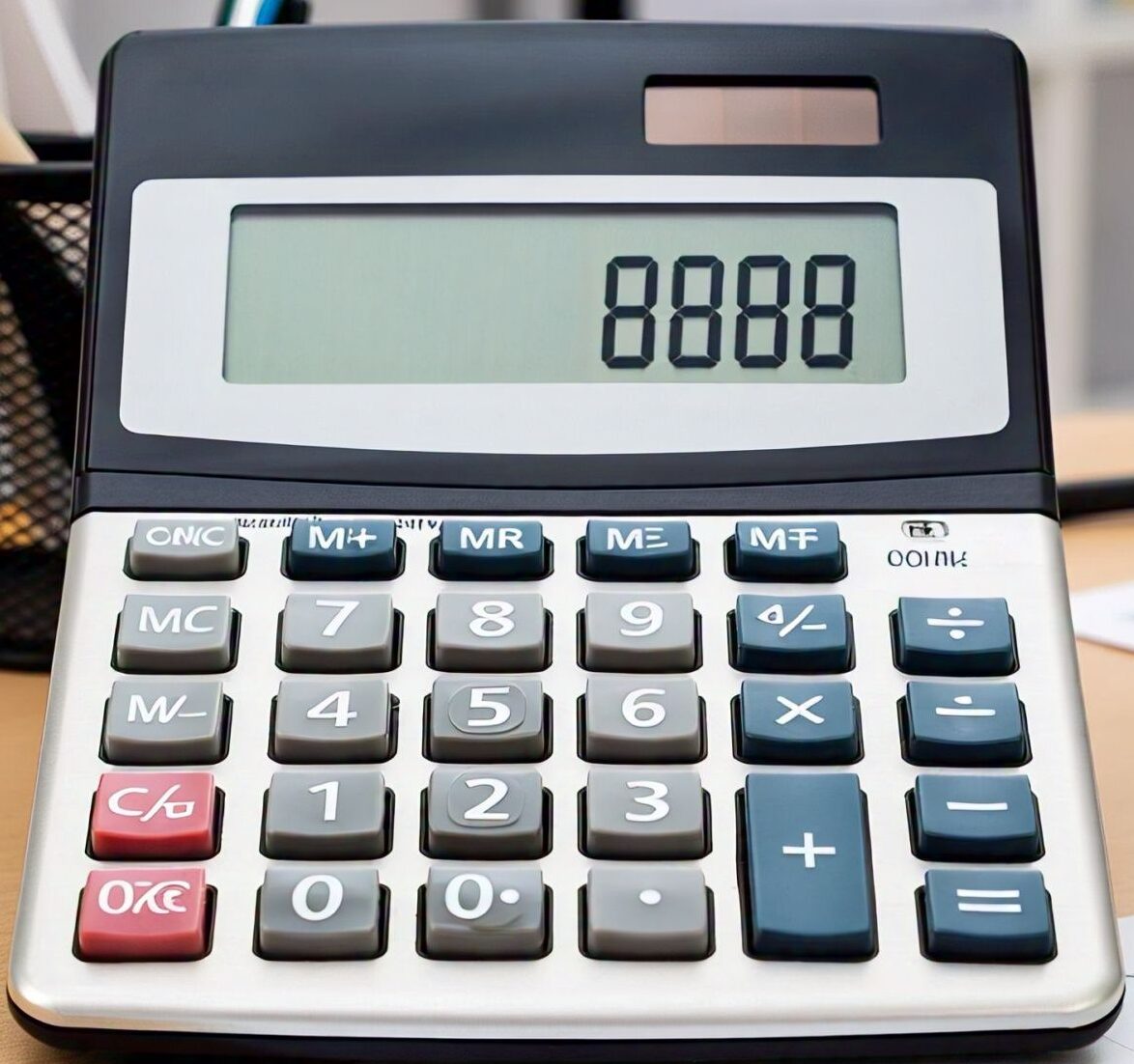Finish Time Estimator
Multipoint Pace Calculator
The Multipoint Pace Calculator helps athletes measure their pace between different segments during a run or activity. By recording the time at various checkpoints and calculating the distances between those points (using apps, websites, or maps), users can determine their speed between each segment. This tool is valuable for tracking performance over repeated routes, identifying areas for improvement, and optimizing training.
How It Works:
For example, if a runner tracks their time at multiple locations:
| Distance | Time (hh:mm:ss) |
| 1 Kilometer | 3:25 |
| 2 Kilometers | 6:55 |
| 3 Kilometers | 10:25 |
| 4 Kilometers | 14:01 |
| 5 Kilometers | 17:25 |
You can continue adding checkpoints up to 12 points for a detailed breakdown.
You can also select your preferred pace unit, either Per Mile or Per Kilometer, to suit your training goals.
Pace Converter
Convert your current pace easily.
For example, if you run at 5:30 per mile, the tool can convert it to the equivalent pace per kilometer.
Finish Time Estimator
This calculator predicts your finish time based on your current pace.
Example:
- Distance traveled: 1 Mile
- Elapsed time: 6:15
- Total race distance: 5 Miles
By using this, you can estimate your final finish time, allowing better race planning.
Typical Race Paces and World Records
| Race Distance | Men’s World Record Pace | Women’s World Record Pace |
| 100 meters | 2:35/mile or 1:36/km | 2:49/mile or 1:45/km |
| 200 meters | 2:35/mile or 1:36/km | 2:52/mile or 1:47/km |
| 400 meters | 2:54/mile or 1:48/km | 3:12/mile or 1:59/km |
| 800 meters | 3:23/mile or 2:06/km | 3:48/mile or 2:21/km |
| 1,500 meters | 3:41/mile or 2:17/km | 4:07/mile or 2:34/km |
| 1 mile | 3:43/mile or 2:19/km | 4:13/mile or 2:37/km |
| 5K | 4:04/mile or 2:31/km | 4:34/mile or 2:50/km |
| 10K | 4:14/mile or 2:38/km | 4:45/mile or 2:57/km |
| Half Marathon (13.11 miles) | 4:27/mile or 2:46/km | 4:58/mile or 3:05/km |
| Marathon (26.22 miles) | 4:41/mile or 2:55/km | 5:10/mile or 3:13/km |
Training with Pace and Heart Rate
Pace and heart rate are crucial indicators for monitoring and enhancing athletic performance. Typically, a faster pace corresponds to a higher heart rate. Balancing both can help improve endurance, avoid overtraining, and track fitness progress.
Measuring Heart Rate
Heart rate can be measured using:
- Heart rate monitors
- Wrist or neck pulse checks
Two key measurements:
- Resting Heart Rate (RHR): Usually between 60–100 bpm, though 50–90 bpm is often considered healthier.
- Maximum Heart Rate (MHR): Commonly estimated with the formula:
MHR = 220 – Age
However, this formula may not be highly accurate for every individual.
Heart Rate Zones for Training
Training zones based on heart rate:
- Fat-burning zone: 60–70% of MHR
- Aerobic zone: 70–80% of MHR
- Anaerobic zone: 80–90% of MHR
Each zone targets different fitness goals.
Understanding Aerobic vs Anaerobic Exercise
Aerobic Exercise:
Performed at lower intensity for a longer duration. Oxygen supply meets energy demands, making it sustainable for hours, ideal for long-distance training like marathons.
Anaerobic Exercise:
High-intensity, short-duration bursts where oxygen supply cannot keep up. Energy is produced from glucose, leading to lactate build-up, causing muscle fatigue.
Aerobic threshold and anaerobic threshold can be determined through lab tests or estimated using heart rate methods like:
- 30-minute solo time trial (best method outside labs)
- Subtracting 30 bpm from anaerobic threshold to estimate aerobic threshold
Importance of Threshold Training
Training at or near your anaerobic threshold improves the body’s ability to delay fatigue, allowing you to maintain higher speeds for longer durations. Regular threshold training enhances endurance and performance, especially for competitive long-distance runners.
Related Fitness and Health Calculators
- BMI Calculator
- Calorie Calculator
- Body Fat Calculator
- BMR Calculator
- Macro Calculator
- Ideal Weight Calculator
- Pregnancy Calculators (Weight Gain, Conception, Due Date
